Consultation & Guidance
CMC and analytical development consulting meetings can be scheduled, as needed, or on a regular and recurring basis and can include, for example, discussions of CMC and analytical development strategies, discussions of feedback or questions from regulatory authorities and how to respond, as well as discussions related to analytical technologies and problem solving.

Development Strategy
Many firms need to operate with accelerated timelines. This can put the CMC team on the critical path in drug development, since they are responsible for API, drug product, and reference standard supplies. The CMC team has additional responsibilities to develop robust GMP API and drug product manufacturing processes as well as analytical methodologies which comply with FDA and ICH guidelines. A well-thought-out CMC development strategy is essential to meeting the demands posed by accelerated timelines. We have experience in bringing drug candidates from IND filing through NDA filing and pre-approval inspection. Some molecules we have experience with, such as Eribulin, for example, were quite complex, made by total synthesis, containing 19 asymmetric centers and via a 62-step synthesis, yet the FDA pre-approval inspection went smoothly and no 483 violations nor warnings were received.

Regulatory Feedback
As firms move through various stages of clinical development, they are likely to receive feedback and questions from the regulatory authorities. CMC questions typically are limited and not very in-depth at the IND stage. As development progresses towards Phase 2 and Phase 3, regulatory interactions increase, and CMC questions related to regulatory starting materials (RSMs), specifications, stability, and retest dating, for example, are not uncommon. Having clear, concise, well-written responses will help ensure smooth development. We have extensive experience in answering questions from global regulatory authorities, and we advise and help clients in this area.

Problem Solving & Analytical Technology Issues
As structural complexity increases with development candidates and certain molecular features make production and analysis challenging, firms are likely to face analytical problems. For example, some development compounds contain little or no UV chromophore necessitating the use of alternative HPLC detection technologies such as charged aerosol detection (CAD). Some peptide-based and carbohydrate-based APIs are PEGylated to enhance API efficacy. Chromatographic resolution of API-related impurities becomes more challenging when structures have been PEGylated since PEG sidechains can mask slight differences in the core structures. We have experience, ourselves, and helping clients, develop methods for complex molecules which pose these and many other challenges.
Interested in our services? We’re here to help!
USEFUL LINKS
All Rights Reserved | Site by Fix8

